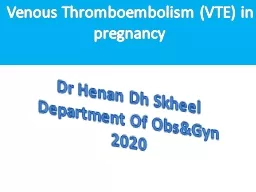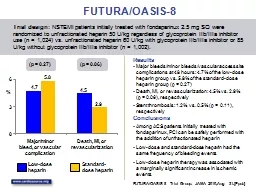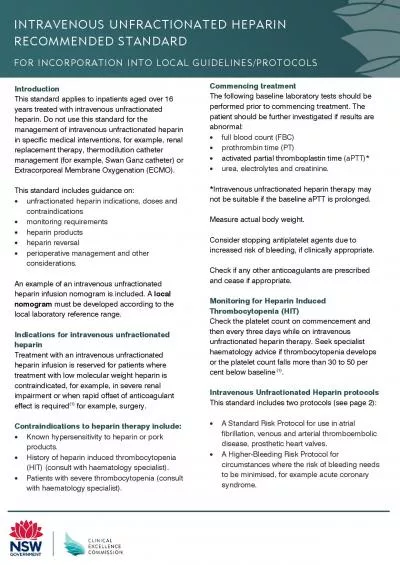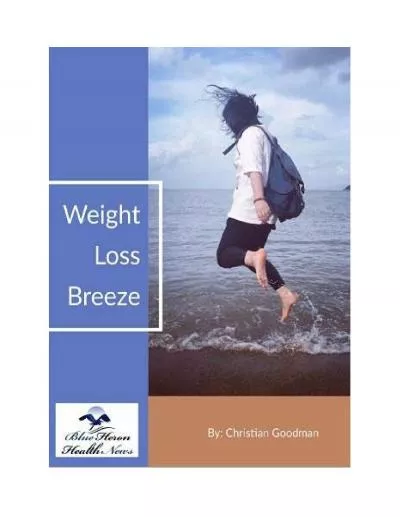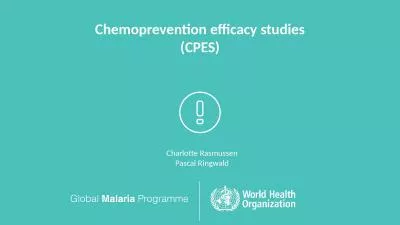PPT-Efficacy and Safety of Low Molecular Weight Heparin compared to Unfractionated Heparin
Author : mitsue-stanley | Published Date : 2018-11-06
R eview and MetaAnalysis Dinesh Keerty MD The Wright Center for Graduate Medical Education Scranton PA USA Background Chronic kidney disease CKD was prevalent in
Presentation Embed Code
Download Presentation
Download Presentation The PPT/PDF document "Efficacy and Safety of Low Molecular Wei..." is the property of its rightful owner. Permission is granted to download and print the materials on this website for personal, non-commercial use only, and to display it on your personal computer provided you do not modify the materials and that you retain all copyright notices contained in the materials. By downloading content from our website, you accept the terms of this agreement.
Efficacy and Safety of Low Molecular Weight Heparin compared to Unfractionated Heparin: Transcript
Download Rules Of Document
"Efficacy and Safety of Low Molecular Weight Heparin compared to Unfractionated Heparin"The content belongs to its owner. You may download and print it for personal use, without modification, and keep all copyright notices. By downloading, you agree to these terms.
Related Documents

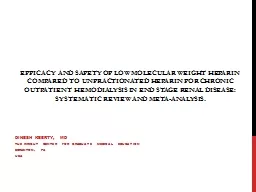
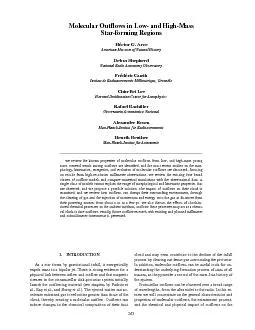


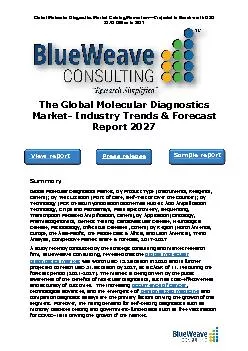
![[READ] Low Carb: Low Carb Weight Loss Secrets Box Set (Dash Diet, Slow Cooker Meals, Low](https://thumbs.docslides.com/881235/read-low-carb-low-carb-weight-loss-secrets-box-set-dash-diet-slow-cooker-meals-low-carb-cookbook-low-carb-recipes-low-car.jpg)
